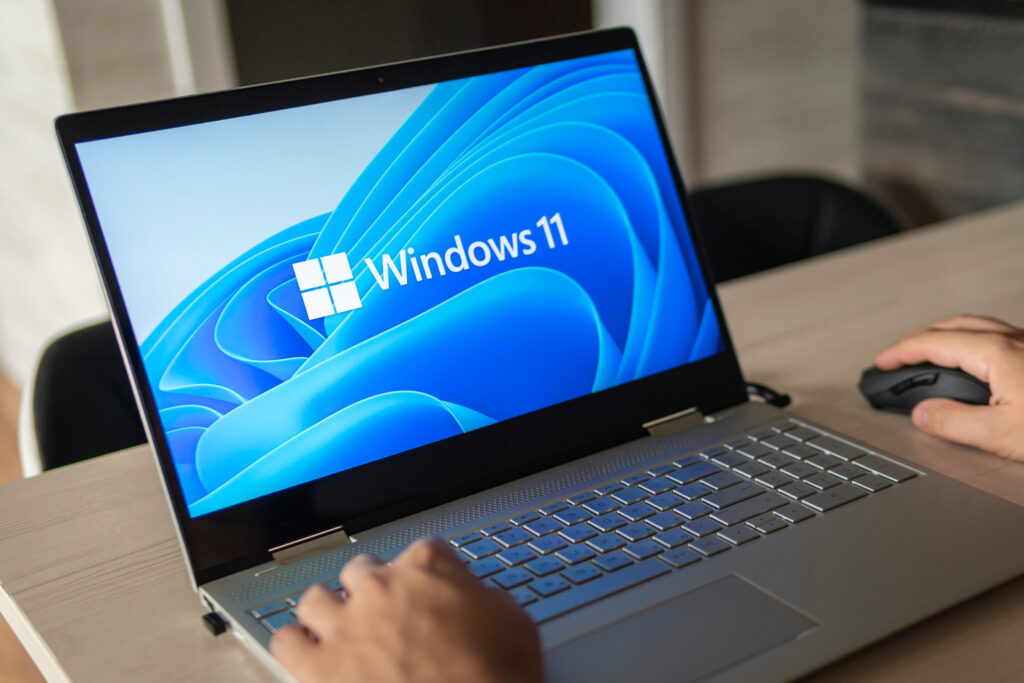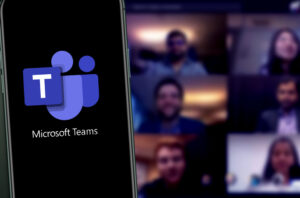The recent Windows 11 2022 Update has been experiencing issues and failing to finish installing due to provisioning issues, leaving some partially configured endpoints vulnerable. Also known as version 22H2, this update immediately impacted some users by causing Remote Desktop clients to not connect, randomly disconnect, or freeze unexpectedly. Since then, Microsoft have released issue details about this update, including regular information updates about current issues, and safeguards in place to prevent users from installing the update if it will like cause issues on their system.
Microsoft are currently investigating the issue concerning provisioning packages, where the problem is believed to be due to the .ppkg files used during the initial setup phase. These .ppkg files are installed to configure new endpoints on business, school, and enterprise networks. The issues with the update result in the Out Of Box Experience not performing correctly, either by not finishing, or restarting unexpectedly. Currently it is believed that Windows users at home or in small offices are not likely to be affected by this provisioning issue. Windows devices that have been provisioned using Windows Autopilot are also unaffected. The only current mitigation for this is a workaround to avoid this problem, by provisioning the device before installing the Windows 11 upgrade to version 22H2.
Other issues with this update include an inability to change default settings on installed printers, and compatibility issues with Intel Smart Sound Technology drivers. Both of these issues have official mitigations, as does a confirmed Group Policy Preferences issue causing empty files or shortcuts to be created. An issue involving the installation of the KB5012170 security update for Secure Boot DBX causing error 0x800f0922 to be displayed has also been confirmed, and a workaround suggested. The remote desktop client issue has currently not been confirmed by Microsoft, so no official mitigations exist. The problem can be avoided by rolling back the Windows update, or disabling the UDP connections on affected clients to force it to try a TCP connection.


















“We were very impressed with the service, I will say, the vulnerability found was one our previous organisation had not picked up, which does make you wonder if anything else was missed.”
Aim Ltd Chief Technology Officer (CTO)